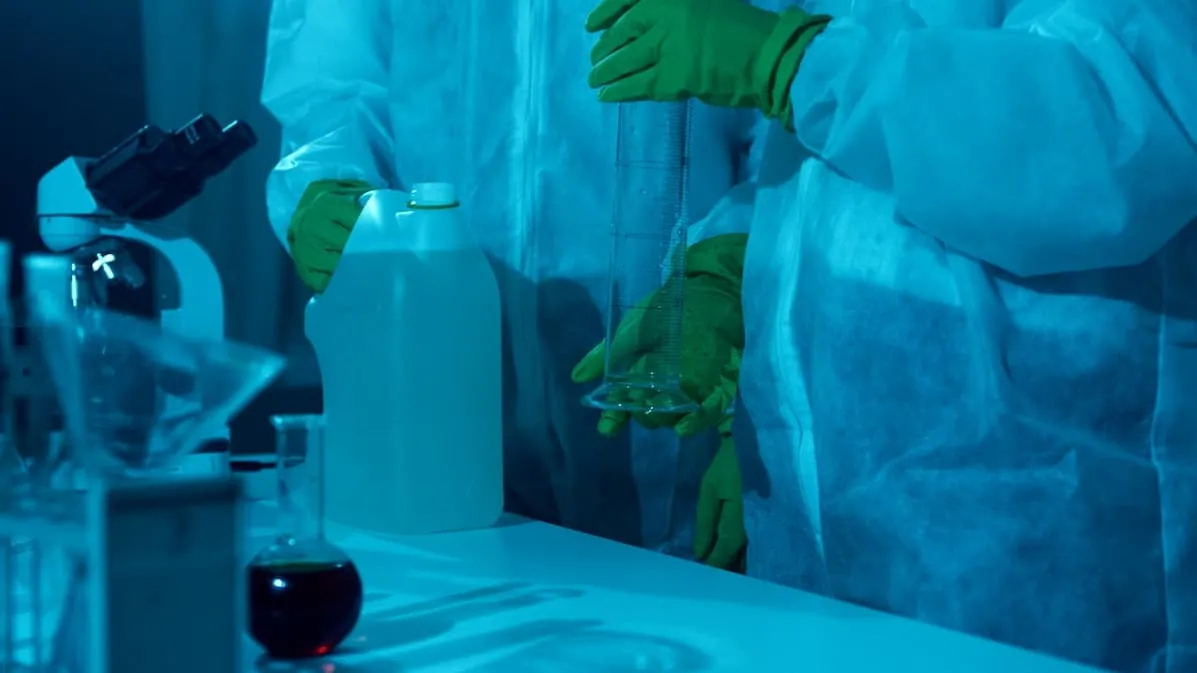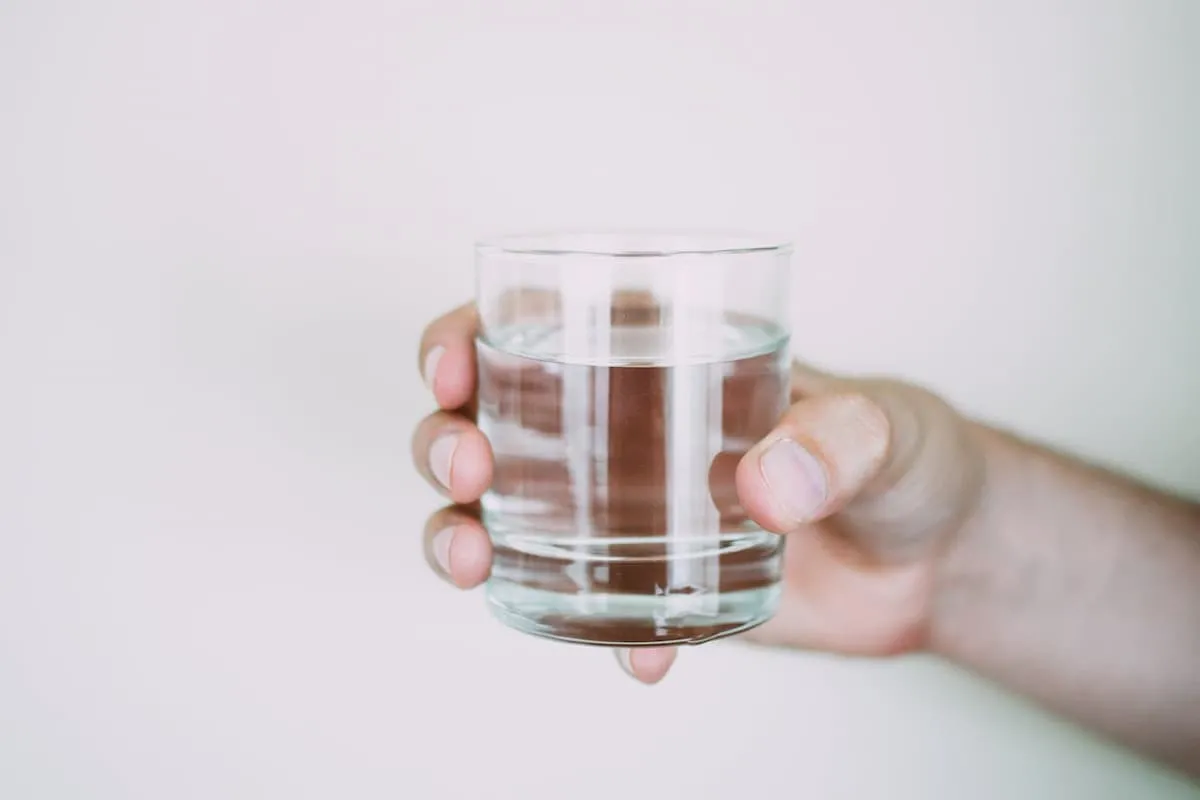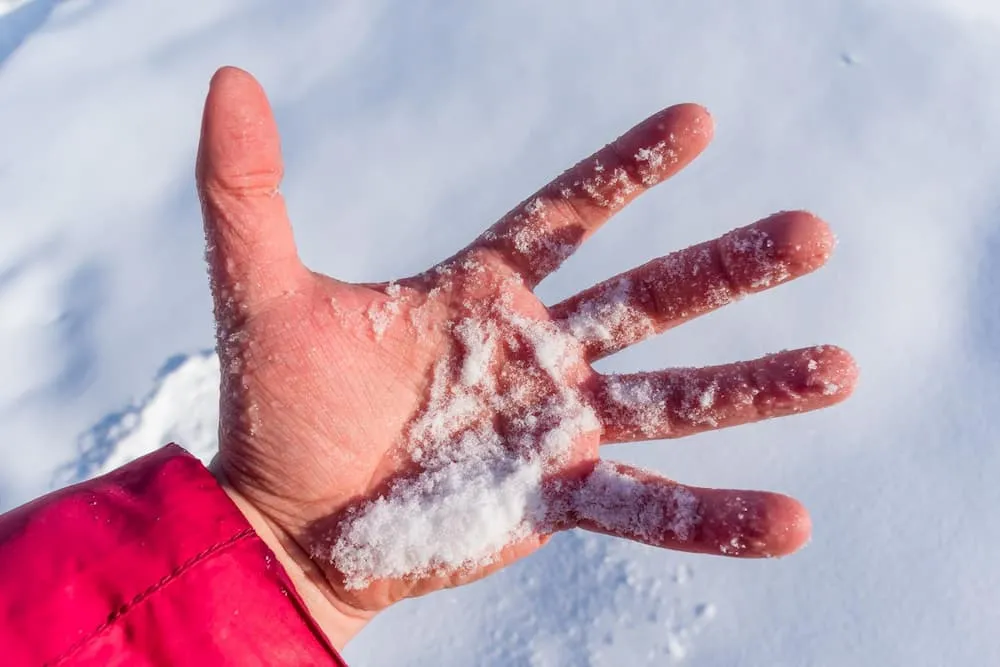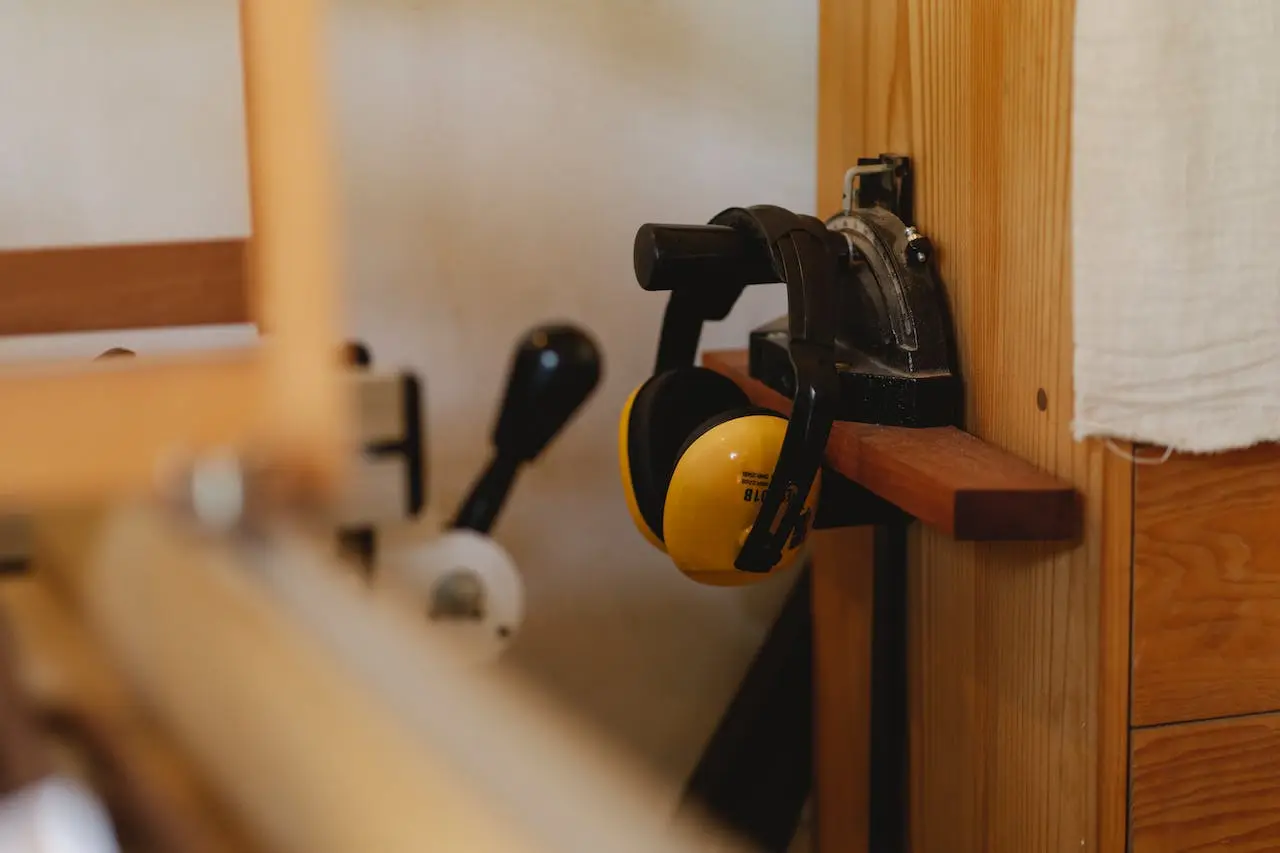There are many work environments where workers are exposed to excessive humidity and the associated condensation that poses a threat to workplace safety. Optimal humidity conditions, which are highly dependent on ambient temperature, are regulated by relevant health and safety standards and regulations regarding microclimates, but even with reduced humidity levels there are places where special protective clothing will be necessary. How to protect work in humid environments and what protective products do we need?
Effect of air humidity and microclimate on work comfort
Humidity, whether too low or too high, can be considered a nuisance or a cause of discomfort at work and should therefore be kept under proper control. For industries such as meat and fish processing, outdoor work or work around bodies of water, a high level of humidity will be inherent in the work environment and it will be necessary to ensure the comfort of workers without lowering the humidity level. To protect against it, therefore, we will use various types of waterproof clothing that are resistant to the penetration of water and water vapor.
Gloves for work in humid environments
One of the biggest problems when working in wet environments and having to contact wet or slippery surfaces is the lack of a firm grip - such a grip is provided, for example, by the NovaTril gloves from ATG. The use of any gloves without a grip-enhancing surface will cause tools to slip out of workers' hands posing an immediate danger to them. Just imagine a production line worker in a meat plant at this point - ill-fitting gloves will not allow him to hold a knife properly, which can fall to the ground at any time, injure a worker's hand or fall out onto the production line and injure more line workers.
So how do we choose gloves that will keep us comfortable even in wet conditions? Protective gloves designed for work in humid areas usually have a coating made of latex or another type of moisture-resistant rubber, thanks to which it is possible to manipulate damp products without losing grip reliability. An additional advantage here are the tabs placed in the grip part of the glove, which increase friction and thus increase the stability of the grip on objects in a moist environment. If there is no need for gloves made entirely of rubber (for example, outside the food industry), a good solution is gloves made of other materials and coated with latex only on the inside of the hand - such a combination provides additional protection for the hand against damage, for example, when working with sharp tools.
When choosing gloves for work in humid areas, it is also worth paying attention to the inner material of the glove - if you work in high temperatures and high humidity, the gloves should guarantee air permeability so that the hand can not get sweaty.
Clothing for work in humid environments
Gloves are just one of the elements that protect a worker when working in a humid environment - well-fitting clothing made of waterproof and sweat-proof materials is a must, but its performance will vary depending on the type of industry for which the clothing is to be adapted.
A material that is a definite no-no when it comes to clothing for damp environments is cotton. Although it does an excellent job of allowing air to pass through, it absorbs moisture far too quickly and does not wick it away from the body, which will cause the worker considerable discomfort. Much more reliable, especially for very humid environments, will prove to be polyester, polyamide or materials blended with these fibers.
Resistance to water penetration (waterproofness) should be provided by both the material and the seams of the garment. Currently, there are three classes of waterproofness: 1, which includes materials with the lowest degree of watertightness, providing protection at 80 hPa before pretreatment of the fabric; 2, which includes garments providing protection at 80 hPa after treatment of the fabric, before pretreatment of the seams, and 3, in which materials provide protection at 130 hPa after treatment of the fabric (and therefore washing, repeated bending, abrasion, or exposure to fuels and oil), before pretreatment of the seams.
Resistance to water vapor transmission, which is much more important in humid environments not exposed to direct precipitation and contact with water, means in clothing nothing more than a fabric that allows perspiration to evaporate and thus maintain thermal comfort. Many environments exposed to high humidity are also characterized by high temperatures, where sweat significantly reduces comfort. Three classes can also be distinguished for vapor permeation-resistant garments, with Class 3 indicating garments that provide the highest level of thermal comfort and Class 1 the lowest.
Overalls for work in the food industry, waterproof pants and jackets used in outdoor work, or finally breathable workwear designed for warm and humid microclimates are the three main categories of protective products needed when working in humid environments. Adding to them properly fitted gloves and shoes with non-slip soles, we are able to compose an outfit that will ensure comfortable and safe working conditions even in places where the level of humidity cannot be reduced and adapted to the needs of man.






